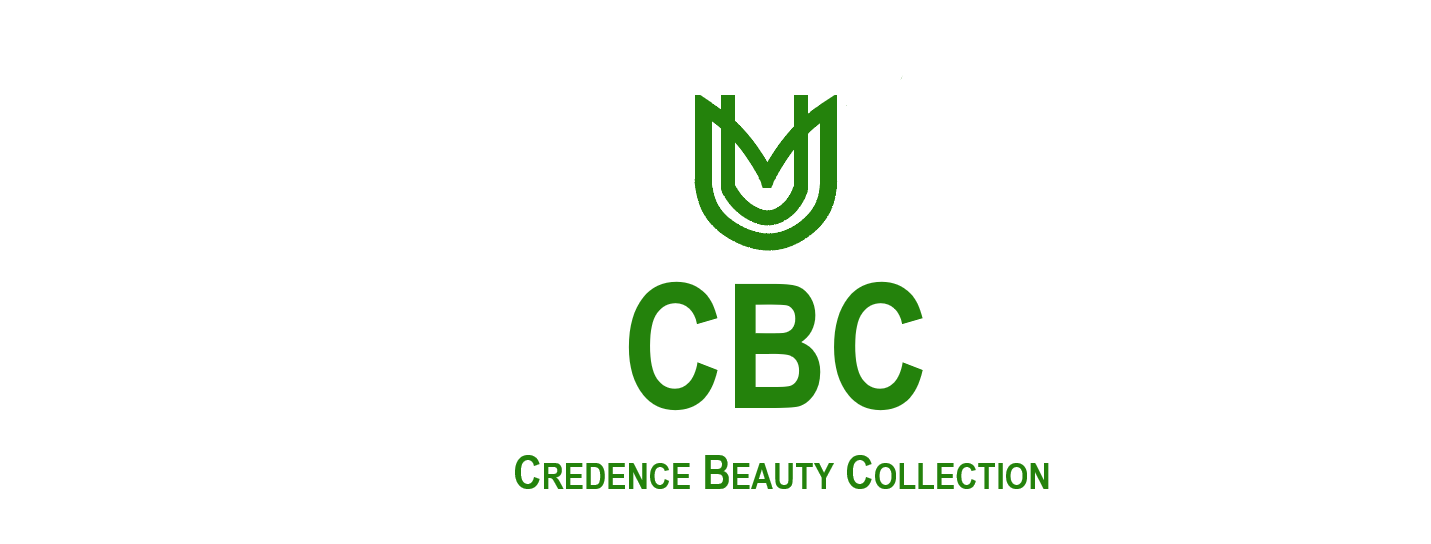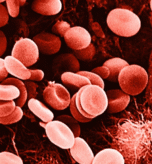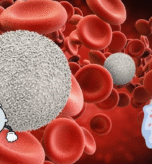The concept of beauty in modern art has undergone significant transformations, challenging traditional notions and pushing the boundaries of what is considered aesthetically pleasing. Modern art, spanning from the late 19th century to the present, has explored various forms, styles, and themes, often prioritizing intellectual engagement, emotional resonance, and social commentary over conventional beauty standards.
Breaking Away from Traditional Beauty
Modern art’s departure from traditional beauty standards began with the Impressionists, who emphasized capturing light and color over representational accuracy. Artists like Claude Monet and Pierre-Auguste Renoir focused on the fleeting effects of light and the emotional qualities of color, creating a new kind of beauty that was more expressive and spontaneous.
The early 20th-century avant-garde movements, such as Fauvism, Expressionism, and Cubism, further dismantled traditional beauty norms. Artists like Henri Matisse, Edvard Munch, and Pablo Picasso experimented with bold colors, distorted forms, and fragmented narratives, expanding the definition of beauty to include the raw, the emotional, and the abstract.
The Rise of Conceptual Beauty
In the mid-20th century, conceptual art emerged, prioritizing ideas and intellectual engagement over traditional aesthetic concerns. Artists like Marcel Duchamp and Joseph Kosuth challenged the notion of beauty as a fixed quality, instead emphasizing the role of context, perception, and interpretation.
Conceptual art often incorporates everyday objects, language, and performance, blurring the lines between art and life. This shift towards intellectual engagement and critical thinking has redefined beauty as a complex, multifaceted concept that encompasses both form and idea.
Beauty in Diversity and Fragmentation
Contemporary art continues to push the boundaries of beauty, embracing diversity, fragmentation, and complexity. Artists like Kehinde Wiley, Mickalene Thomas, and Takashi Murakami draw inspiration from various cultural sources, blending high and low art, and challenging traditional notions of beauty and taste.
The proliferation of digital technologies and social media has also transformed the way we experience and perceive beauty in art. The internet and social media platforms have democratized art, allowing diverse voices and perspectives to emerge, and redefining beauty as a dynamic, constantly evolving concept.
Challenging Beauty Standards
Modern art has also been a platform for challenging societal beauty standards, particularly in the context of identity, race, and gender. Artists like Frida Kahlo, Faith Ringgold, and Cindy Sherman have used their work to subvert traditional beauty norms, exploring themes of self-representation, empowerment, and social critique.
Conclusion
The concept of beauty in modern art is complex, multifaceted, and constantly evolving. From the Impressionists to contemporary artists, modern art has challenged traditional notions of beauty, prioritizing intellectual engagement, emotional resonance, and social commentary. As art continues to reflect and shape our understanding of the world, the concept of beauty will undoubtedly continue to transform, embracing new forms, styles, and themes that reflect our diverse and ever-changing world.



